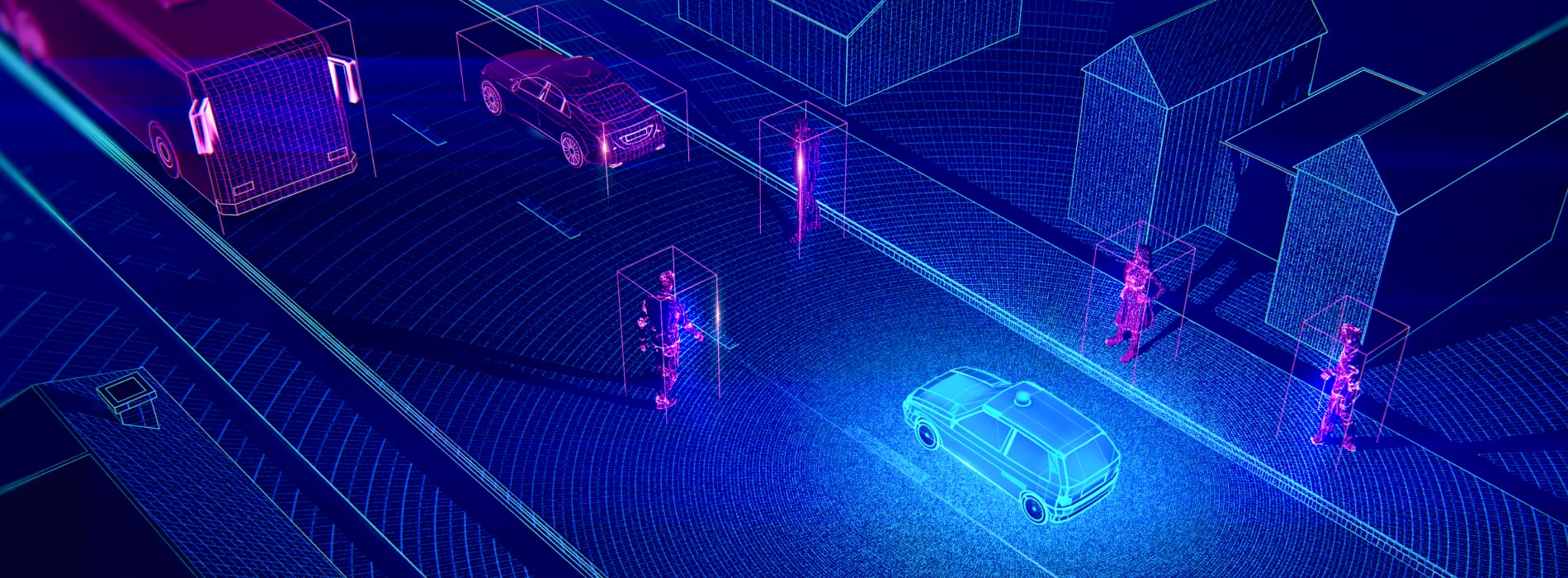Artificial Intelligence (AI) has infiltrated nearly every sector of our modern world, from healthcare to finance, transportation to entertainment. Retail, being a dynamic and consumer-driven sector, has not been left behind in this AI revolution. As the retail industry continues to grow, it is the subset of AI known as Generative AI that promises to bring forth the most groundbreaking innovations.
Generative AI refers to algorithms that leverage techniques from data science and machine learning (especially Generative Adversarial Networks or GANs) to generate content. This content can be anything from images and videos to music or text. The potential applications in retail are vast and exciting. Here are five trends in the space of Generative AI that retailers and consumers should be on the lookout for:
1. Personalized Product Designs
Imagine walking into a store where the products change based on your preferences. Generative AI can take data regarding a customer’s previous purchases, style preferences, and even social media activity, and then create products or modify existing ones to fit that customer’s specific taste. This extreme personalization is not limited to fashion. It could apply to home decor, electronics, or even automobiles. Retailers can offer a unique shopping experience, creating a stronger bond with their customers and driving brand loyalty.
2. Dynamic Pricing Structures
While dynamic pricing isn’t new, generative AI can bring unprecedented levels of sophistication to this strategy. Using data from global economic indicators, stock market trends, competitor prices, and real-time sales data, generative AI can generate optimal pricing strategies on the fly. This approach ensures that retailers maximize their profit margins while still offering competitive prices to their customers.
3. Virtual Try-Ons and Augmented Reality (AR) Experiences
The pandemic emphasized the significance of virtual shopping experiences. Generative AI can take this a notch higher by offering virtual try-ons powered by AR. Using generative algorithms, a customer can see how a dress might look in a different color or pattern or how a pair of shoes might look with a particular set of laces. Instead of imagining how a product might look post-customization, customers can see generative AI-produced images in real-time.
4. Enhanced Customer Service Interactions
Chatbots are becoming increasingly common in online retail platforms. With generative AI, these chatbots can generate human-like responses, making the interaction more organic and pleasant for the customer. Beyond mere scripted responses, these AI-powered bots can create solutions for customer problems in real-time, providing answers that weren’t pre-programmed into them.
5. Sustainable and Efficient Supply Chain Management
Generative AI can model multiple scenarios for supply chain management, helping retailers identify the most efficient and sustainable options. For example, using weather predictions, geopolitical events, and transportation costs, generative models can suggest the best routes for goods transportation. This efficiency can reduce costs and also significantly reduce a retailer’s carbon footprint, appealing to the environmentally conscious consumer.
While these trends offer a glimpse into the transformative power of generative AI in retail, it’s essential to recognize the challenges. Key among them is the ethical use of data. As generative AI relies on vast amounts of data to make predictions and generate content, ensuring customer privacy becomes paramount. Retailers need to be transparent about how they use and protect customer data.
Furthermore, as with any technology, there’s the risk of misuse. In the hands of malicious actors, generative AI can create counterfeit products or false advertising content, which can erode trust in the retail market.
However, with responsible use, generative AI holds the promise of revolutionizing the retail industry. Retailers can offer more personalized, efficient, and sustainable solutions, enhancing the overall shopping experience for the consumer.
Generative AI is more than a futuristic concept; it’s rapidly becoming an integral part of the retail landscape. Retailers who adapt and harness its power will find themselves at the forefront of the industry, offering unparalleled experiences to their customers. Those who lag risk becoming obsolete in an ever-evolving market. The future of retail is a fresh take on automation, with personalization, efficiency, and sustainability, all powered by the generative prowess of AI.

Author:
Shivaprakash S Nagaraj AVP -Head of Product Engineering
Shivaprakash S Nagaraj is a seasoned professional with extensive experience in the field of Product Engineering and Platform Development. As the AVP – Head of Product Engineering at Digit7, he brings a wealth of expertise to the table, encompassing Account Management, Business Development, New Business Generation, Client Partnership, and the successful execution of multimillion-dollar Product Development, Integration, and Consulting engagements with industry-leading organizations.
Shivaprakash’s career is characterized by a track record of innovation and leadership within the IT sector. His deep knowledge and strategic insights have not only driven the growth of his organization but have also forged lasting partnerships with clients and industry peers.
With a proven ability to lead cross-functional teams, Shivaprakash has consistently delivered exceptional results in complex and high-stakes projects. His commitment to excellence, technical acumen, and effective collaboration have made him a trusted figure in the industry
